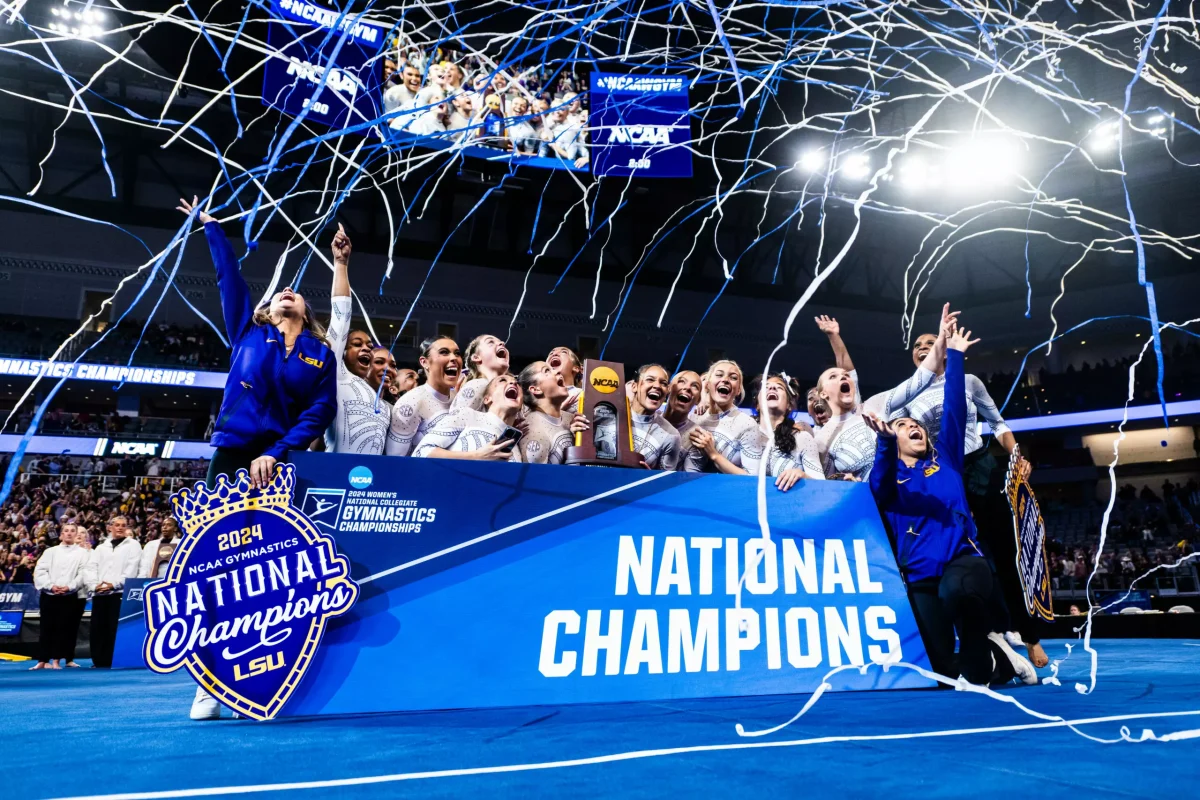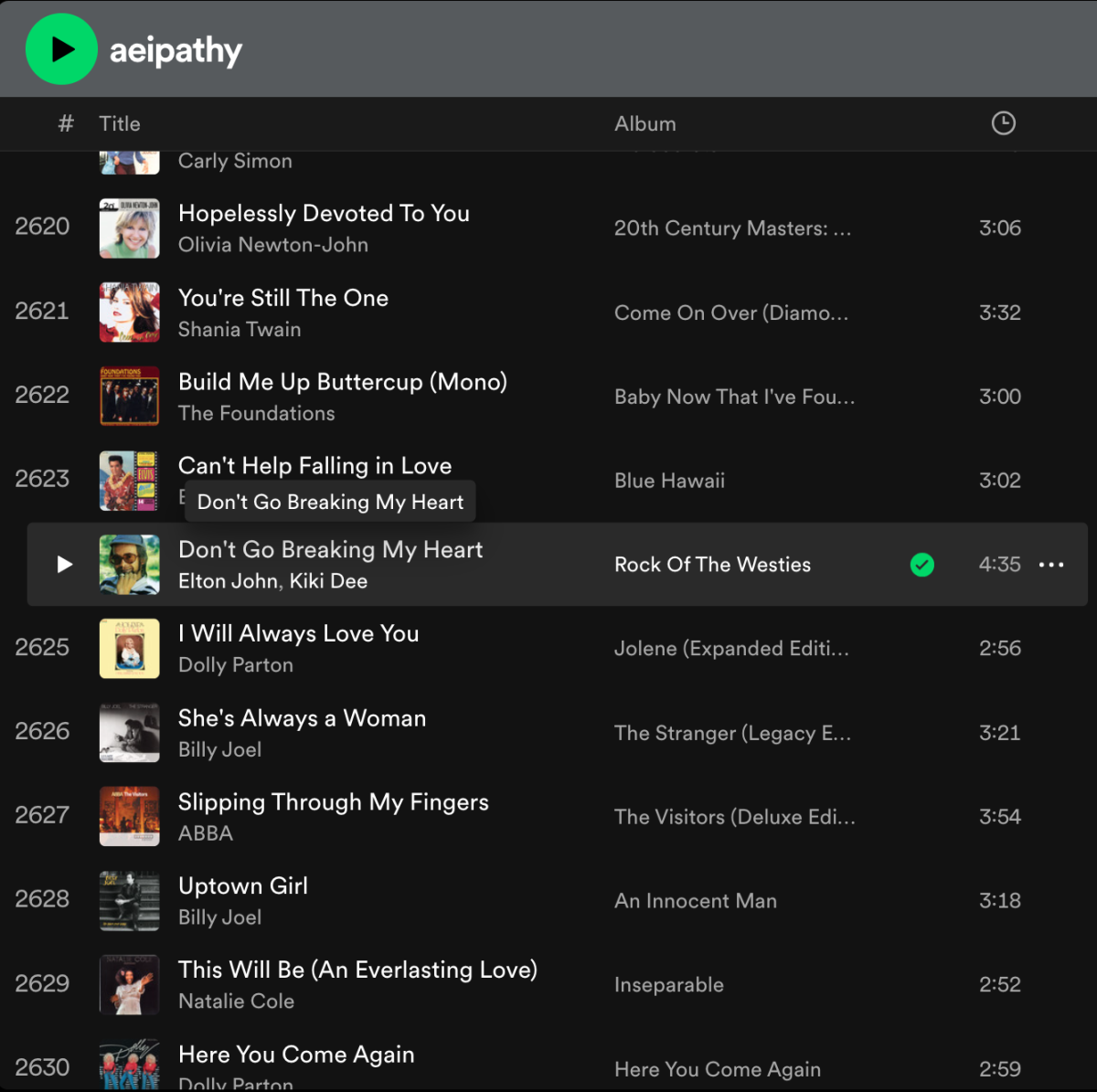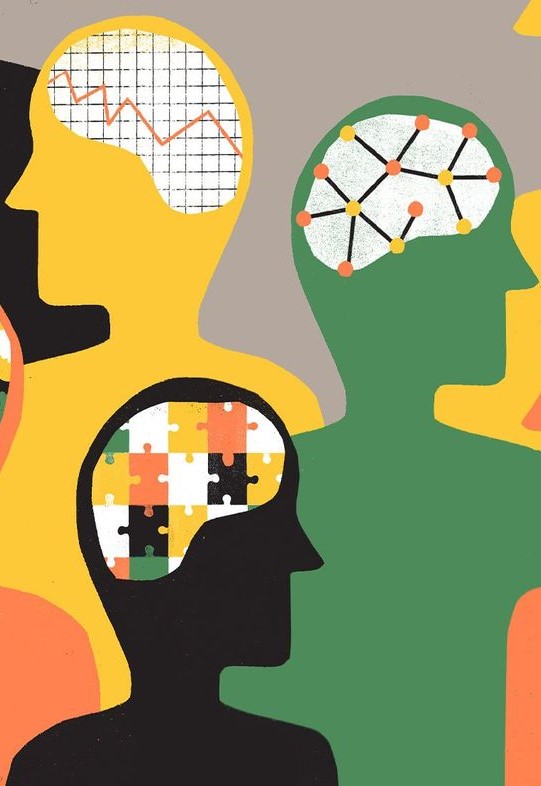From gifted to burnout, neurodiversity is the root of disinterest in school
You have so much potential. You’re so gifted. You’re going to go so far in life.
So far.
But look how far I’ve gotten.
I remember spending my days in elementary school testing into higher classes. I remember sitting through numerous classes of nothing because I was ahead of the rest of the class. I remember the term “gifted” shooting out of the mouths of the adults looming over me.
I had so much hope in myself as a kid; I believed the words that maneuvered my mind.
I thought I had the potential to be “gifted.”
But as I sit through my senior year of high school—struggling to keep up with everyone in my classes—I realize I am completely burnt out.
Neurodiversity is more complex than people are making it out to be, and schools need to focus more energy on ways to assist students rather than merely teach everyone in the same way.
I no longer have the skills I once had to work my way ahead of my peers, yet I am not alone in that sense. There are so many “gifted” students who have fallen behind at an alarming rate, but it raises a question: what does it even mean to be gifted?
The brain does not function the same way for every student, and it can be difficult to accommodate for that; however, numerous schools are beginning to realize that students require a multitude of teaching methods in order to best retain the information thrown at them. This has always been a known fact—it’s why some students attained special assistance from being gifted in elementary schools—but it is a more prominent fact now.
The realization that those gifted students need to be taught separately led to the realization that the students left behind bear the same potential. There was never such a thing as gifted education rather an education that only worked for a percentage of students.
There was only ever neurodiversity.
There is a common misconception about neurodiversity: it used to be a term used to describe someone on the autism spectrum, but scientists are beginning to realize it is much more than the contrast of neurotypical.
Neurotypical, a very outdated term, in my opinion, has been used to describe a brain that functions “normally.” Yet the idea of normalcy has lost all meaning thanks to improvements in neurodiversity.
Now, neurodiversity is described as the variation in brain function primarily focusing on sociability, learning, attention, and mood. Even the slightest of variations are described as neurodiversity, and it’s caused eye-opening discussions surrounding teaching methods and the mental health of students as well.
Neurodiversity is a major focus in elementary schools because the students show more symptoms of it—high school students do not.
We’ve been trained to work through the strict learning methods provided by the schools and have lost sight of neurodiversity.
The school system ignores the difference in brain functions and those “gifted” students have become burnt out. Those “gifted” students lost the treatment needed to suit their learning needs. Those gifted students had to go into hiding and became the one thing they feared the most.
It has become a considerable issue, yet it’s such an easy fix.
Elementary schools are able to handle this issue with ease due to the separation of students. They place students in classes surrounded by students with similar learning styles.
I know it’s difficult to accommodate every student, but there is something to be said about the motivation students have when they learn in a way that’s easy for them.
Neurodiversity is more complex than people are making it out to be, and schools need to focus more energy on ways to assist students rather than merely teach everyone in the same way.

Sophie is a senior entering her second year on The Central Trend staff. She spends the majority of her free time involved in theatre productions. She enjoys...

























































































